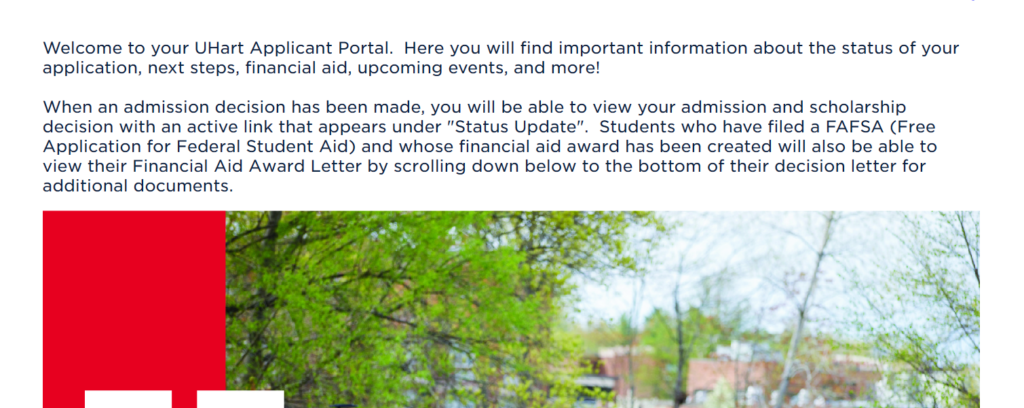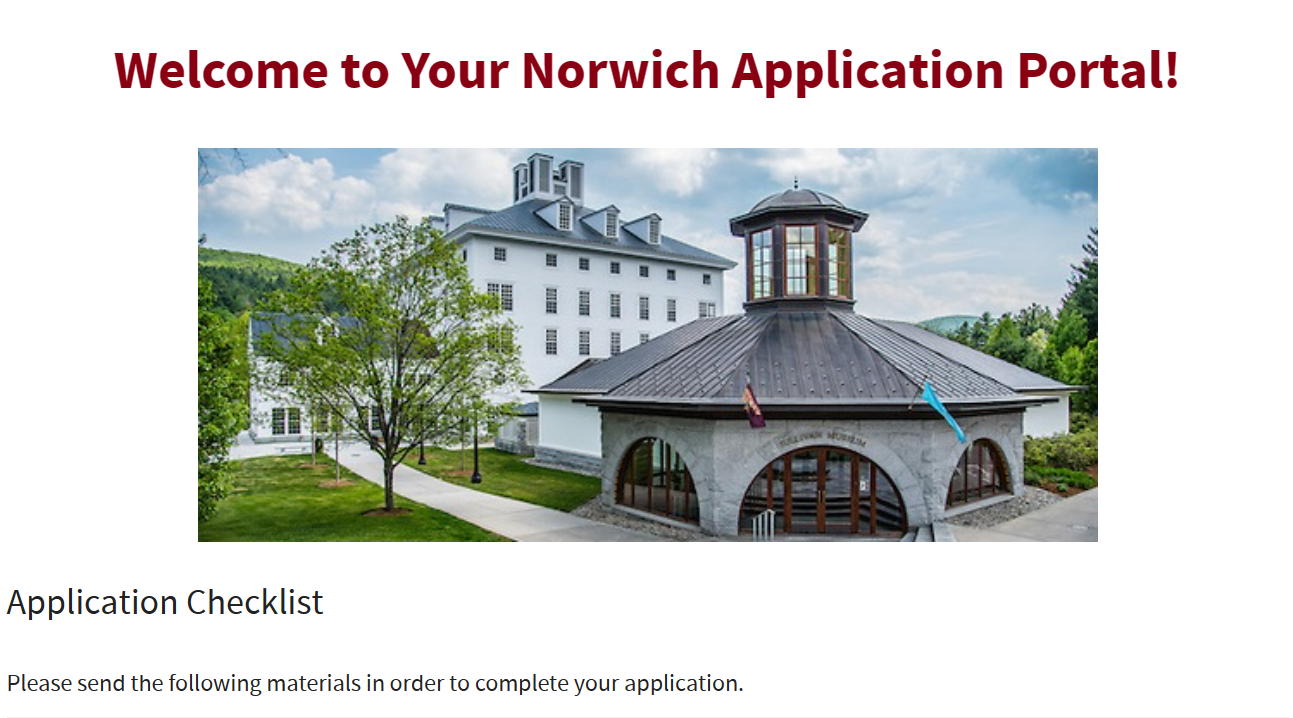the first presentation review in 16 parts
1)The event starts with the presentation of the Fermata Art Foundation and the organization’s activities in the country. Then the main part of the presentation begins, the speaker stands at the rostrum and begins to introduce himself. After a few details, the presenter gets down to business and starts talking about Georgia.
2)The presentation on Georgia begins with a general geographical explanation, in particular, the presenter says that the country Georgia is located in the Caucasus region, which in turn is between Europe and Asia, and also mentions the strategic location and the Silk Road. After a brief overview of the location, the presenter mentions prehistoric human footprints and artifacts found in southern Georgia that confirm the first human footprints outside of Africa.
3)After prehistoric history, we continue to talk about the sources of ancient civilizations where Georgia is mentioned, it is also mentioned that at that time there were two ancient states on the territory of Georgia and there are references to both states in ancient Greek literature and mythology.
4)The fourth part of the presentation is devoted to the agrarian culture of Georgia and the importance of vines in Georgian culture. It is said that there are more than 500 varieties of vines in Georgia, and it is also said that Georgia is considered the country of wine because the first proven artifacts of winemaking were found in Georgia. Finally, the presenter says that all regions of Georgia have their own independent and unique culture, which is reflected in the food and dances of Georgians.
5)In the next part of the presentation, we continue to talk about Georgia’s relationship with ancient powerful states, and Georgia’s relationship with neighboring countries after the birth of Christ. It is also mentioned that Georgia adopted Christianity in the fourth century, and this was the beginning of the confrontation with the Eastern world during the following centuries. At the end of this part, the presenter says that the ancient Christian buildings miraculously escaped destruction and adds that the country’s national script is one of the 14 scripts in the world.
6)The presentation continues with a brief history of how Georgia became Christian in the fourth century and lists 4 preachers who were the first to spread the new religion in the country. And after this part, the conversation begins about the unification of Georgia and the “Golden Age” of Georgia, which was in the 11-12 centuries. It is about the Georgian achievements of this period in the development of literature and education, as well as the precedents of the first parliament.
7)After that, the presentation goes to the discussion of the ethnography of Georgia, the conversation begins with the ethnic diversity and tolerance of Georgia, which is confirmed by ancient international sources, as well as the presence of shrines of various religious denominations in the capital of Georgia, Tbilisi, which have been unchanged in the city center for many centuries.
8)After the golden age and the diverse tolerant past, the conversation begins about the Middle Ages, which turned out to be quite difficult for Georgia, even though during this period Europe flourished and it was the peak of the Renaissance, the speaker says that Georgia became the target of many invaders during this period.
9)After this difficult period, the presenter already talks about the events of the 18th century, where the Russian-Georgian relationship begins, and the next 200 years of occupation and the abolition of autocephaly. After his time in the Russian Empire, as the narrator says, after the revolution, the empire began to disintegrate and a few countries managed to gain independence.
10)It is said in the presentation that Georgia’s independence took a while. However, according to the speaker, Georgia caught up and adopted a constitution, which was one of the most modern and democratic in Europe. And at the beginning of 1921, according to the speaker, Georgia became a victim of Soviet Russia and lost its independence again.
11)After this, the presenter temporarily stops the presentation and the audience, focuses on the maps he talked about earlier, and shows a copy of the Act of Independence and old footage of the day the Act of Independence was adopted.
12)In the next part of the presentation, we are already talking about Soviet Georgia, the industrial progress of Georgia, and the development of infrastructure. Specific industries and fields that emerged in Georgia during the Soviet period are mentioned. On the importance of tourism and the appearance of Georgia in the international arena.
13)After the overview of Soviet Georgia, the presenter is already moving on to the second declaration of independence, which followed the collapse of the Soviet Union in 1991, and he talks about the tragic fate of the first president of Georgia and the resulting conflicts in the separatist regions. He also mentions the war in the center of Tbilisi, when the opposition overthrew the legitimate government.
14)After the 90s of Georgia, the speaker talks about the territories that are still under occupation and describes them geographically.In the end, the presenter briefly explains the state management system of Georgia and mentions the fact that today’s president of Georgia is the first woman elected by the people.
15)After the keynote presentation, the question-and-answer session begins. The very first question was asked shortly after the end of the presentation. There were many questions from the attending public, and the main part of the questions directly related to Georgia:
1) Do you still feel pressure and influence from Moscow in Georgia?
2) What parts of Georgian territory are currently occupied by Russia?
3) Is there still active conflict in occupied territories?
4) Did Georgia participate in WWI?
5) How big is Georgia’s territory?
6) Does Georgia have oil?
7) What ethnicities are mostly living in Georgia?
8) What educational system are we using in Georgia?
9) What kind of connection does Georgian Iberia have with
Spanish Iberia?
10) Why are white people called Caucasian?
11) Have you noticed climate change in Georgia?
12) What does the Georgian flag mean?





